Live Review: SONAR @ the George Peabody Library (2009.05.20)
 Barred from using any concert hall — since Peabody shut up for the summer — a dedicated bunch of students just took over the Library for a night of musical hijinks more enjoyable than they were irreverent. In case you’ve been missing CAGE (Conservatory Avant-Garde Ensemble), you’ll find your avant-garde fix in SONAR (not to be confused with the B-more venue). Here again, you’ll see the influence of violinist Courtney Orland, who oft turned CAGE into the worthiest offering on Peabody’s calendar. This time, she’s the inspiration, not its star player.
Barred from using any concert hall — since Peabody shut up for the summer — a dedicated bunch of students just took over the Library for a night of musical hijinks more enjoyable than they were irreverent. In case you’ve been missing CAGE (Conservatory Avant-Garde Ensemble), you’ll find your avant-garde fix in SONAR (not to be confused with the B-more venue). Here again, you’ll see the influence of violinist Courtney Orland, who oft turned CAGE into the worthiest offering on Peabody’s calendar. This time, she’s the inspiration, not its star player.
Headed up by artistic director Colin Sorgi (also a violinist), SONAR takes off where CAGE left off without missing a beat. Smart, quirky new music that takes risks and offers rich rewards, with surprisingly little audience effort.
Had conductor Jacomo Bairos not summoned me via Facebook invite, I’d never have known to crash this fantastic concert. Despite the word-of-mouth, bring a canned good to the door for entry marketing, the crowd was large and warm with applause.
SONAR opened with a string quartet Corner in Manhattan, by Michael Torke. The work was bright and racing in their capable hands, flying from an afternoon on Sixth Avenue to a night on Bedford Street, where sweet searching tones (specially from Jacyln Dorr’s viola) made you want to live there. To all critics who say programmatic, pictorial music is dead: you’re dead wrong. This year 2000 composition pops with imagery and sweeps large. Houston Street is depicted with tiny eruptions from each instrument as the cello climbs steadily higher toward the break of day.
Jacomo conducted the next piece, Ocho X Radio from Mexican composer Silvestre Reveultas, with what will become his characteristic sprightly grace. Neither too relaxed nor too restrained, Jacomo can make himself at home with any music, even this piece about which he first had doubts. He cues the opening trumpet, which gives way to spicy finger plucks from Sorgi’s violin. Enter clarinet, bassoon, and percussion, and you’ll hear every type of Mexican radio music…almost a kind of duel in contrasts, like the Sharks and Jets dancing their fiercest and funniest through the Mambo of West Side Story.
This work, the grandfather on the program, from 1933, proved a brilliant programming shift into the most awaited work of the evening, the debut of a new composition by SONAR’s 2008-2009 composer-in-residence: Roger Zare. This new composing prodigy (b.1985) from Sarasota, Florida had his first piece debut at Carnegie Hall three years ago. He refuses to be filed under the category “classical music” — since that’s the period from 1770-1840. This composer — like SONAR — is firmly contemporary and is “serious concert music.”
No joke for Zare. Not even when your senior recital piece, Dark and Stormy Night, is played on piano and 150 pingpong balls. The page turner’s job is to pour 150 balls on the pianos strings while the soloist plays. Inspiration: freshman year in the University of Southern California dorm.
His new piece: iPod Shuffler rolls out in line with the rest. It’s clever and delightful for audiences, who almost call out tunes they recognize — but would be embarrassed to admit are on the iPods hibernating in their pockets. We open with a mocking quote of the Star Wars theme, then some straight up playing, the violin with depth and conviction before a few cello plucks …then hello Green Day on woodwind and trumpet — eliciting a wonderful audience member snort. Cello and drums take up the Queen standard: Another One Bites the Dust. Sorgi’s violin is really the glue for the piece, the touchstone we hit before careening to the next skirmish. The “Jeopardy” gameshow theme collides into West Side Story’s America, dissolving into your fave club dancing tune circa 2004. The cellist, Catherine Mikelson yells: “Free Bird” and the band obliges. We laugh more than applaud after Sorgi gets up with his violin, fiddling, and starts to walk away. They carried it off and pleased us. Yet this Zare offering relys more on quick recognitions, gimmicks — leitmotif logic. It’s not a thing to endure on a recording, especially when you compare it to the second-to-last piece SONAR played.
When I first heard the recording of Hamza el Din’s Escalay (Waterwheel) I swore this captivating, simple-yet-continuously-unfolding piece had been composed yesterday — not 1971. If you think of the most pure and perfect geometrical proposition from Arabia, or Newton’s first calculating the area under a curve with his Calculus, you might approximate the glorious effortless complexity achieved by this Nubian’s oud music for non-tempered tuning.
When you hear this played by a string quartet as strong as these players, all the more so do you realize Hamza’s extraordinary achievement, since four are doing what one did on a pear-shaped Arabian lute with ten strings. Hamza plucked the bass string continually — in one rhythm — while his left hand hammers on the two more strings, but that’s not all. He then alternates on the other eight strings to set the melody against the other rhythms. Just like Hamza, SONAR’s four players hypnotize us toward a harmonic whole. We don’t recognize the lull of the waterwheel — it has nothing to do with iPods, texting, or endless scrolling of computer screens, but we see its beauty, and easily fall under its spell.
Imagine being the boy who must rise before dawn, still exhausted. You hitch up the oxen to the wheel. As the wheel moves, and the beasts groan, the heavy old wooden gears creak and moan. The sun climbs higher. You start to hum as the wheel goes stronger and quicker, getting loud, so you lose the sound of your hum to the wheel’s hum. They become one — as entwined and complex as the gears of the wheel.
My friend in the seat next to me has a weakness for fugues. Most lately, a Bach fugue brought him to tears, but Escalay certainly caught his ear. Not content to send us out in too reflective a mood, SONAR socked us one more dose of humor: Michael Dougherty’s Elvis Everywhere for string quartet and one speaker, playing, as you might guess, voice track of Elvis impersonators. A rare thing for a featurette at home with Hamden’s Hons to shake the five-stories of rare books in stately Mt. Vernon. The comedy here woulda done Mozart right proud.
Related posts
- Live Review: Parker Quartet Breaks Out the Library of Congress’ Stradivari (2009.12.18)Every year, some lucky players get to borrow Ms. Gertrude...
- Photos / Live Review: Sunn O))) @ Sonar (2009.09.23)All photos: Greg Szeto [Audio clip: view full post to...
- Photos / Live Review: Appleseed Cast, An Horse, Solar Powered Sun Destroyer @ Sonar Club Stage (2009.04.15)[Audio clip: view full post to listen] MP3: An Horse...
- Live Review: Marduk, Nachtmystium, Mantic Ritual, Tyrant’s Hand @ Sonar (2009.11.23)All photos: Diana Lee, Special to MetalSucks.net Last Monday was cold...
- Photos / Live Review: Beach House, Vetiver, Sian Alice Group @ Sonar (2009.03.11)Sian Alice Group traveled a long way to be a...





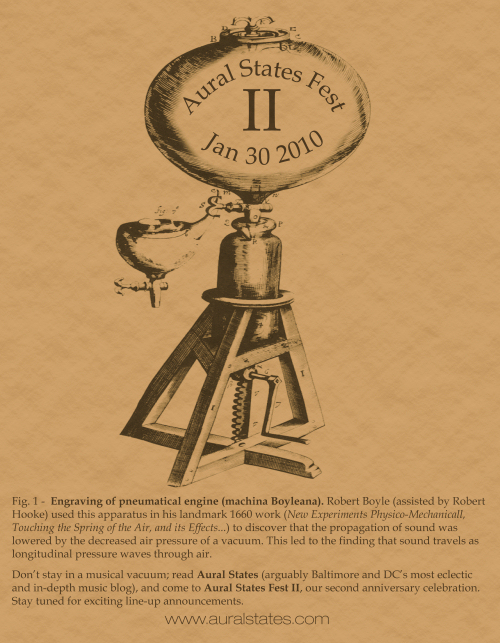











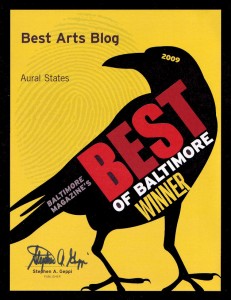


 Double Dagger: Masks EP
Double Dagger: Masks EP Pfisters: Narcicity
Pfisters: Narcicity Lizz King: All Songs Go To Heaven
Lizz King: All Songs Go To Heaven Imperial China: Phosphenes
Imperial China: Phosphenes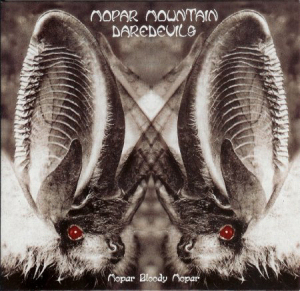 Mopar Mountain Daredevils: Mopar Bloody Mopar
Mopar Mountain Daredevils: Mopar Bloody Mopar Lonnie Walker: These Times, Old Times
Lonnie Walker: These Times, Old Times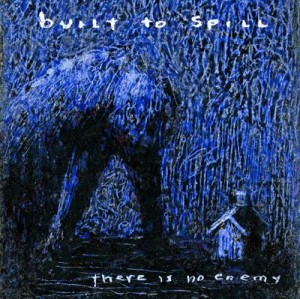 Built to Spill: There Is No Enemy
Built to Spill: There Is No Enemy Hypnotic Brass Ensemble: Hypnotic Brass Ensemble
Hypnotic Brass Ensemble: Hypnotic Brass Ensemble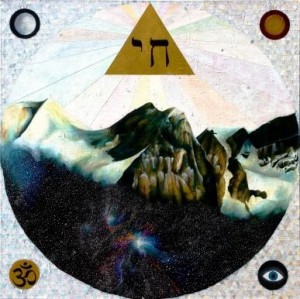 Secret Mountains: Kaddish EP
Secret Mountains: Kaddish EP Bela Fleck: Throw Down Your Heart: Tales From the Acoustic Planet, Vol. 3 -Africa Sessions
Bela Fleck: Throw Down Your Heart: Tales From the Acoustic Planet, Vol. 3 -Africa Sessions Lands & Peoples: Lands & Peoples EP
Lands & Peoples: Lands & Peoples EP Caleb Stine: Eyes So Strong and Clean
Caleb Stine: Eyes So Strong and Clean Wye Oak: The Knot
Wye Oak: The Knot Pontiak: Maker
Pontiak: Maker White Rabbits: It's Frightening
White Rabbits: It's Frightening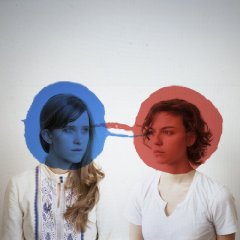 Dirty Projectors: Bitte Orca
Dirty Projectors: Bitte Orca Double Dagger: More
Double Dagger: More Elvis Perkins in Dearland: Elvis Perkins in Dearland
Elvis Perkins in Dearland: Elvis Perkins in Dearland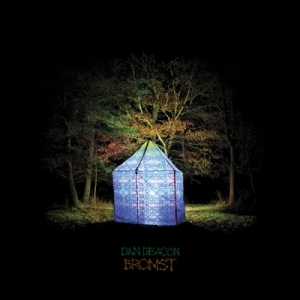 Dan Deacon: Bromst
Dan Deacon: Bromst The Thermals: Now We Can See
The Thermals: Now We Can See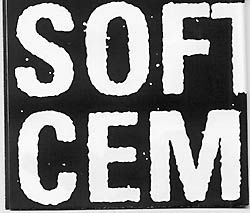 Soft Cement: Think About It EP
Soft Cement: Think About It EP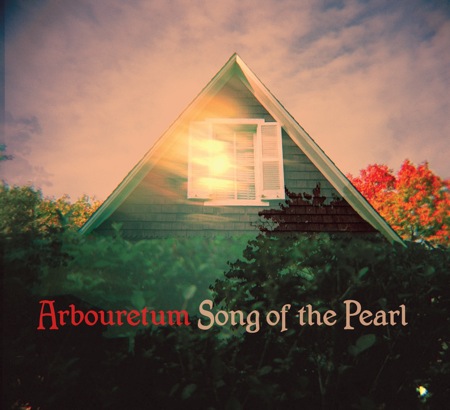 Arbouretum: Song of the Pearl
Arbouretum: Song of the Pearl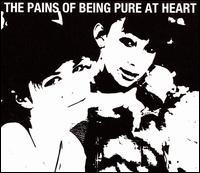 The Pains of Being Pure at Heart: The Pains of Being Pure at Heart
The Pains of Being Pure at Heart: The Pains of Being Pure at Heart Benjy Ferree: Come Back to the Five and Dime, Bobby Dee Bobby Dee
Benjy Ferree: Come Back to the Five and Dime, Bobby Dee Bobby Dee Weekends: Weekends
Weekends: Weekends Height With Friends: Baltimore Highlands 12" LP, Limited-Run Vinyl Only
Height With Friends: Baltimore Highlands 12" LP, Limited-Run Vinyl Only Caverns: Kittens! EP
Caverns: Kittens! EP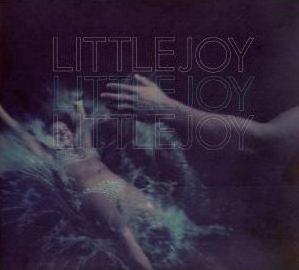 Little Joy: Little Joy
Little Joy: Little Joy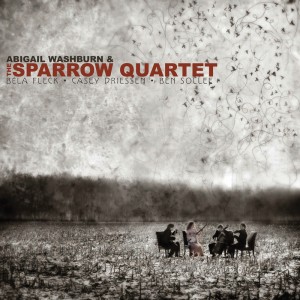 Abigail Washburn & the Sparrow Quartet:Abigail Washburn & the Sparrow Quartet
Abigail Washburn & the Sparrow Quartet:Abigail Washburn & the Sparrow Quartet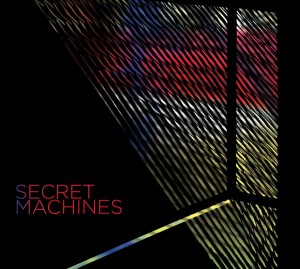 The Secret Machines: Secret Machines
The Secret Machines: Secret Machines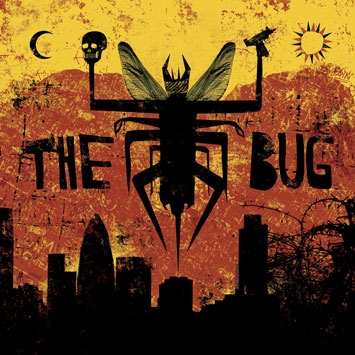 The Bug: LondonZoo
The Bug: LondonZoo 13th Floor Elevators: Psychedelic Sounds of the 13th Floor Elevators (Vinyl Mono LP only)
13th Floor Elevators: Psychedelic Sounds of the 13th Floor Elevators (Vinyl Mono LP only) Arbouretum/Pontiak: Kale (Vinyl LP only)
Arbouretum/Pontiak: Kale (Vinyl LP only) Small Sur: We Live in Houses Made of Wood
Small Sur: We Live in Houses Made of Wood AbeVigoda: Skeleton
AbeVigoda: Skeleton ImperialChina: Methods: EP
ImperialChina: Methods: EP
Pardon the typo, CAGE-lovers, that’s Courtney Orlando. Not Orland.
Check out her most recent chaos, with Alarm Will Sound in NYC here:
http://www.alarmwillsound.com/about/members/orlando.html
We may report on their July 22 show at Poisson Rouge
Sounds like it was magnificent. Thanks for alerting us to these players and writers and pingpongers.